manju
Manju: The Ultimate Sweet Bun!
Thuy Fang
Posted on July 22, 2024
Share:
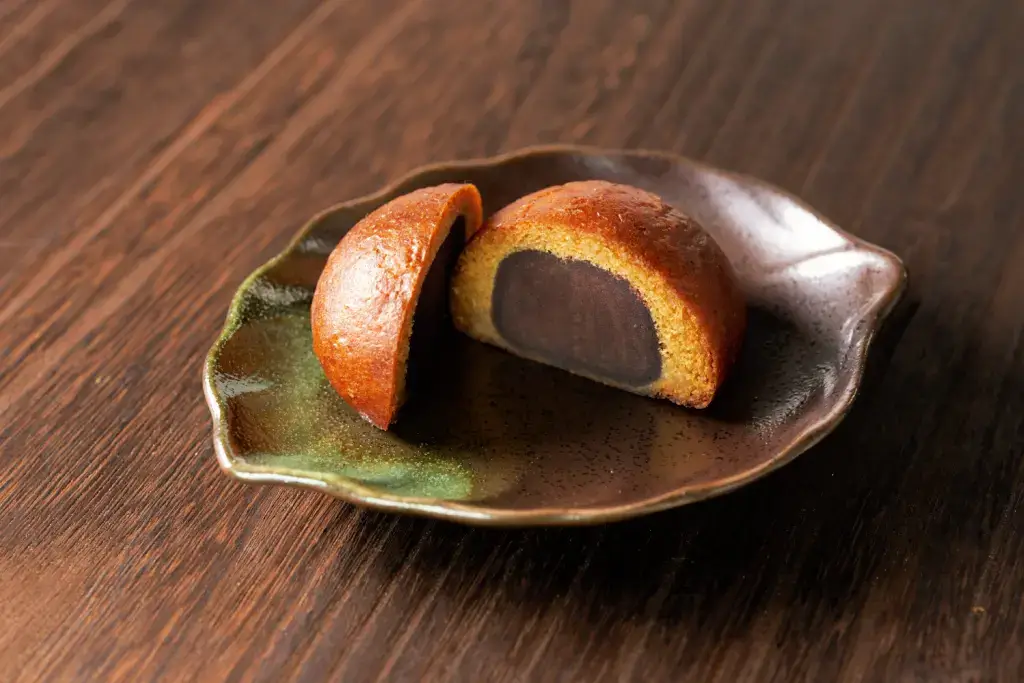
Wagashi, or traditional Japanese confections, is famous for its intricate shapes that catch the eye, vibrant colors, and representation of natural beauty. Manju is also one of the most popular wagashi types found in Japan. It is loved for its traditional flavors, variety of types and strong cultural significance in Japanese wagashi. Let’s explore more about this beautiful sweet together!
What is manju?
Manju is one of the most delightful and inexpensive Japanese sweets, which has existed for a long time. This tasty pastry also has a soft, cake-like outside made from flour, rice powder, or buckwheat and is usually filled with sweet red bean paste. It has a smooth and fluffy texture, unlike mochi, which is chewy and made from glutinous rice.
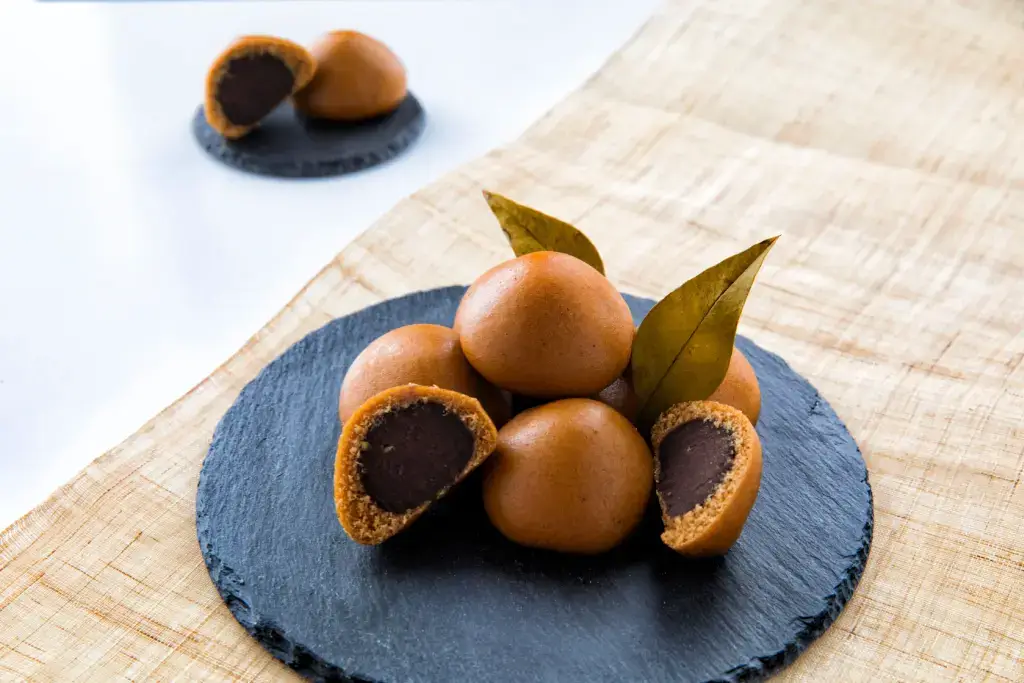
This amazing bun is yummy and a big part of Japanese culture. People usually eat them during festivals and special occasions and is popular in many local shops. It’s often enjoyed with tea or as a snack, making it a perfect little treat any time of the day. In addition, this wagashi comes in two primary types: steamed and baked. The steamed one has a soft, moist texture, while the baked one has a slightly crispy outside. Both types are delicious and offer a different eating experience.
Where did it come from?
Manju has an exciting history that goes back almost 700 years! It originally came from China, where it was called “mantou”. Mantou are actually steamed buns filled with meat or left plain. 1341 a Japanese envoy visited China and brought these buns to Japan. Once in Japan, they were renamed manju. As a result, the confection changed to match Japanese tastes and became a beloved sweet treat in the country.
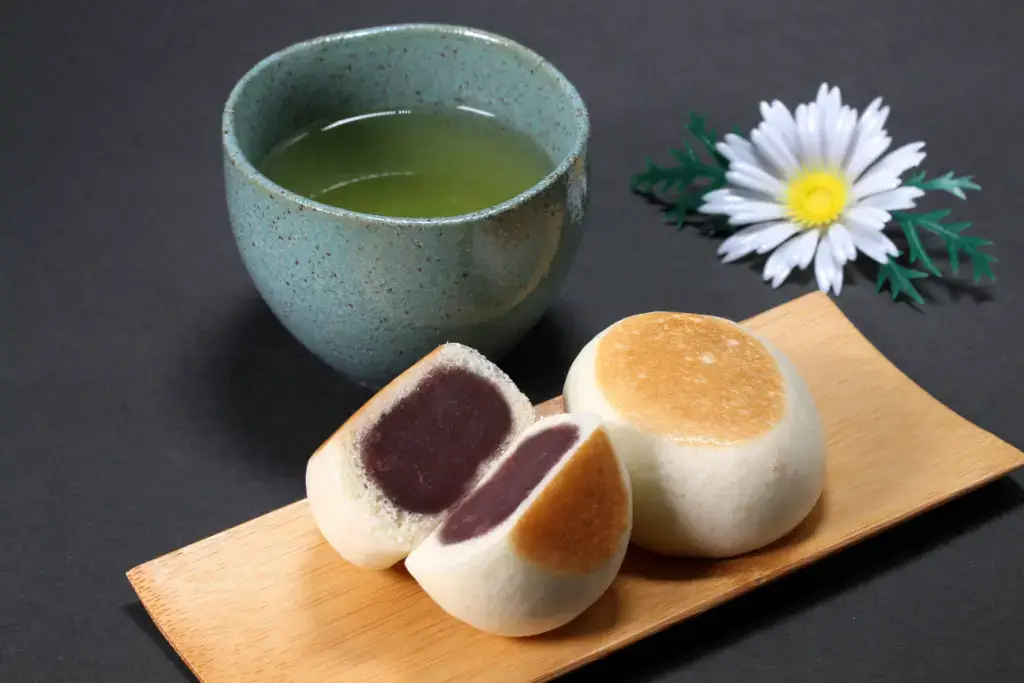
What kind of fillings does it use?
Generally, this wagashi is famous for its yummy fillings, and anko (sweet red bean paste) is the most popular one. Anko is made from boiled adzuki beans mixed with sugar. We also have different types of anko; for example, koshian is smooth, while tsubuan is coarser.
Although red bean paste is the star filling, the buns also have other tasty options. You can also find fillings made from uguisuan (green pea paste), shiroan (white bean paste), and matcha or sesame paste. In Okinawa, you might also find a particular version filled with purple sweet potato, adding a unique regional flavor.
Yet, manju’s versatility doesn’t stop there! Some fun alternatives also include chestnut paste, creamy fillings like vanilla, custard, or chocolate, and even fruity flavors like mango, strawberry, or blueberry. Thus, each filling type brings unique flavor and texture, making manju an intriguing traditional sweet to explore.
Are you looking for amazing snacks like manju? Check out Sakuraco! Sakuraco delivers traditional Japanese snacks, teas, and sweets from local Japanese makers directly to your door so you can enjoy the latest treats directly from Japan!

Are there any variations of manju?
This wonderful confection comes in diverse types. We can refer to the following five varieties:
Mizu Manju
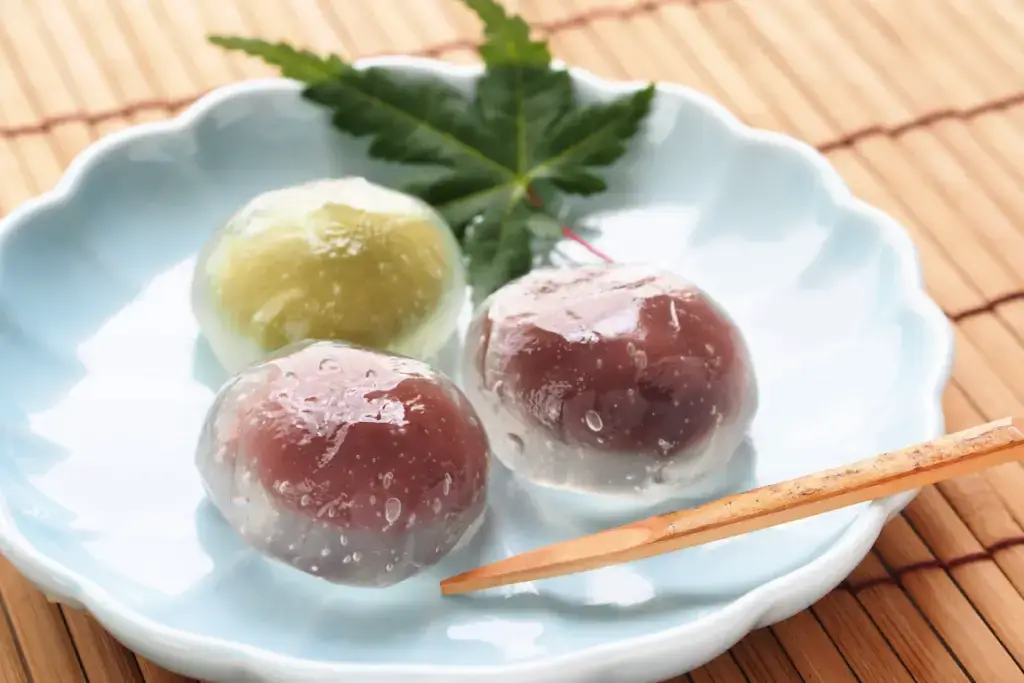
Ogaki City in Gifu Prefecture originated this treat, which gains its refreshing, jelly-like texture from kuzu (kudzu) starch. Confectioners fill each mizu manju with anko and serve it chilled, creating a perfect dessert to cool people down on hot summer days. While red bean paste is the classic filling, you can find mizu manju in different flavors, like matcha, chestnut, or fruit.
Momiji Manju
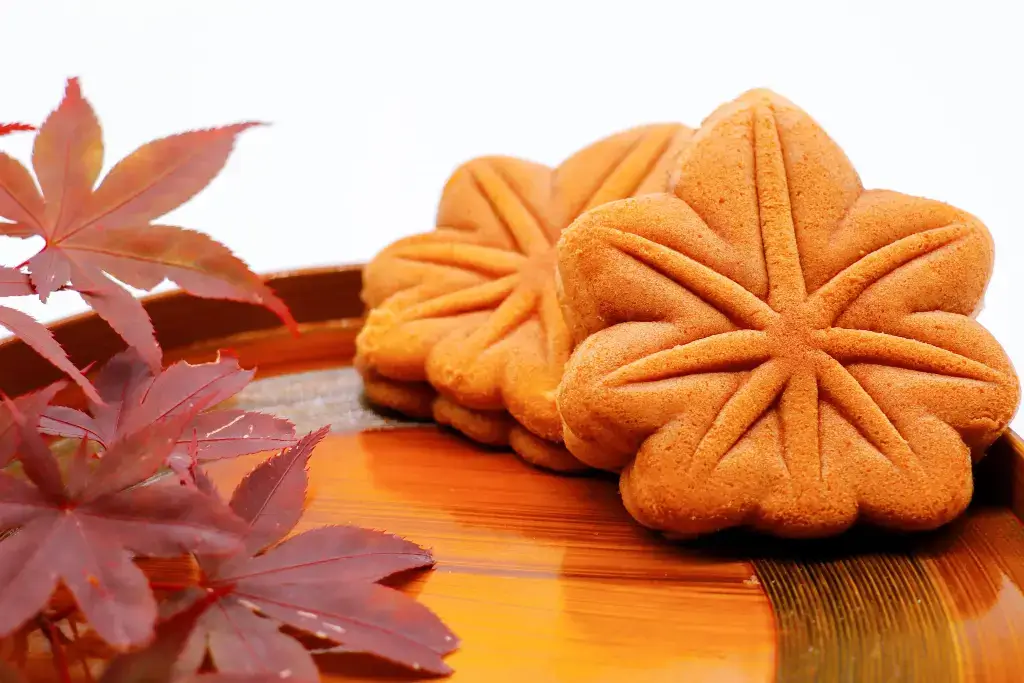
On Miyajima Island in Hiroshima, people shape this sweet bun like a maple leaf. Takatsu Tsunesuke, a wagashi maker, first created it in the late Meiji period. Bakers use buckwheat and rice flour to make the bun, usually filling it with sweet red bean paste. Its moist dough and delicious taste make this snack renowned among visitors and an excellent souvenir. If you can visit Miyajima, stop by the shops along the road to Itsukushima Shrine to enjoy these lovely treats!
Jumangoku Manju
This is a specialty from Gyoda, a town in Saitama Prefecture. Its name comes from the Oshi clan in Gyoda during the Edo period (1603-1868), which had 100,000 koku (a currency unit). This confection is known for its thin dough and a generous filling of anko. When you take a bite, the anko fills your mouth with a sweet flavor that makes you feel satisfied. No wonder jumangoku manju is a beloved wagashi in Saitama.
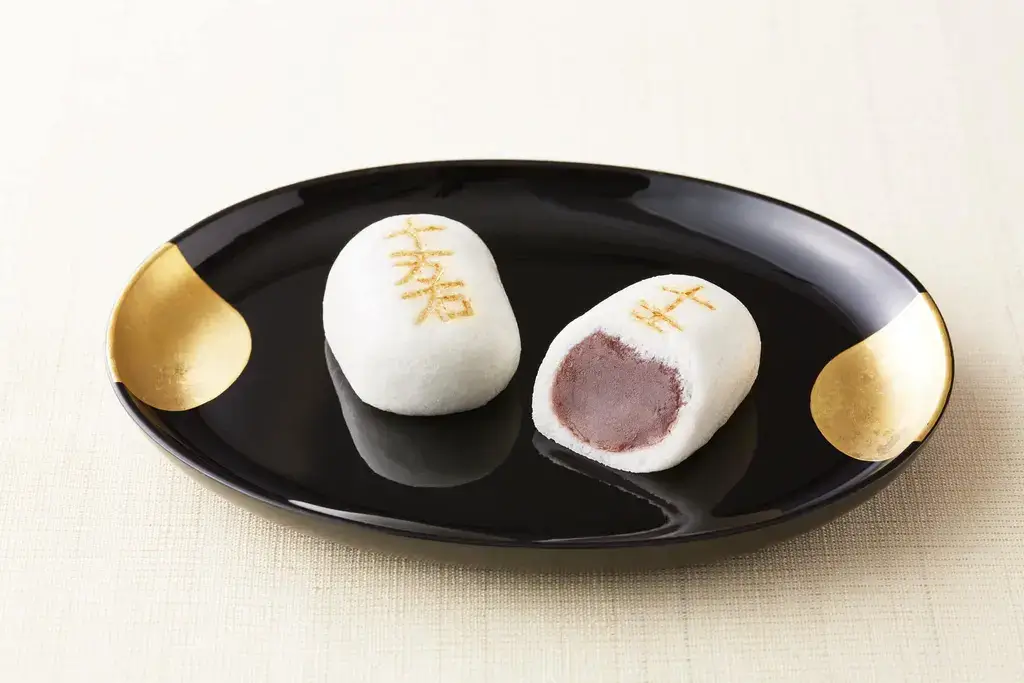
Sake Manju
Rice malt added to wheat flour gives this unique Japanese sweet its name, derived from the sake-making process. The Nanbu region in Aomori Prefecture, known for using grains like chestnut, wheat, and buckwheat, originated this treat. Bakers combine rice malt and wheat flour to create a dough with a slight sake aroma. People especially enjoy this sweet during summer events and festivals like the Children’s Festival and Obon.
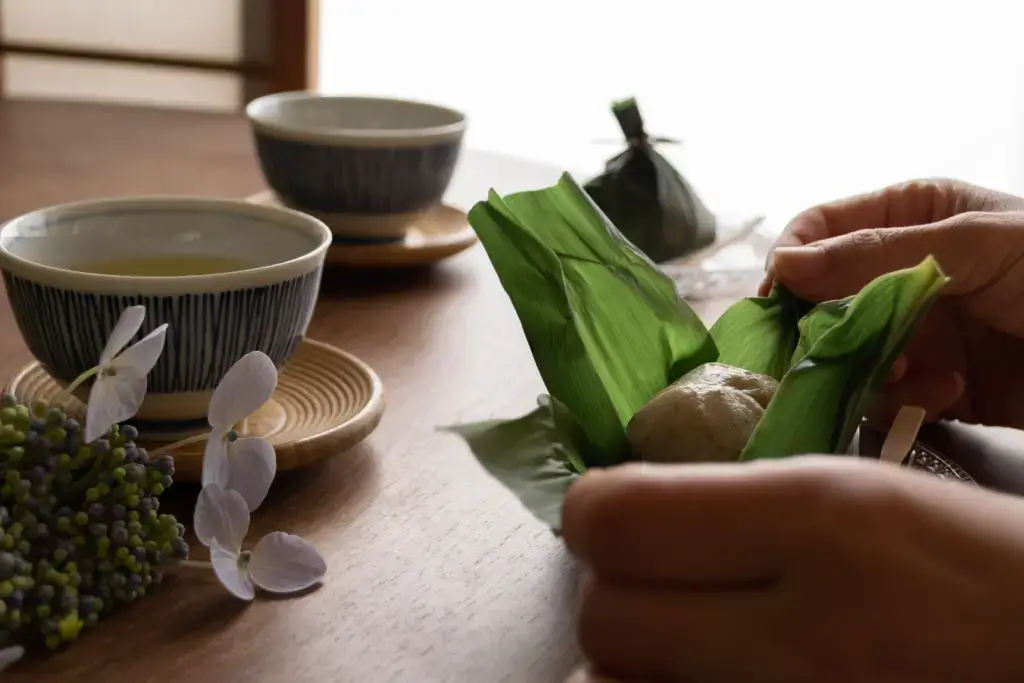
Fu Manju
This is known for its distinctive and sticky texture. Unlike the regular type of wheat flour, this one is made from gluten dough, a mix of glutinous rice flour and wheat flour. This gives it a tender and chewy texture similar to mochi. The buns are often wrapped in bamboo leaves, adding a leafy aroma and slightly salty flavor to the sweet treat.
Why should I try this fantastic wagashi?
You should try manju since it’s a delicious and fun Japanese sweet! With its soft texture and tasty fillings, there’s a type for everyone to enjoy. Plus, it’s perfect with tea or as a snack anytime. Furthermore, it’s also a special treat often found at festivals and local shops, making it a great way to experience Japanese culture. Have you tried this cool wagashi before? Let us know your favorite in the comments!

Discover authentic flavors with Sakuraco
Get Sakuraco 

Discover authentic flavors with Sakuraco
Get Sakuraco 
Related Articles

Mochi: How is Mochitsuki Made in Japan?
Mochitsuki is the Japanese tradition of pounding steamed rice to make mochi for the New Year. Families and neighbors gather to participate in this lively and meaningful tradition. The teamwork involved helps everyone feel a sense of connection.

Konpeito Candy: What Makes This Starry Treat Shine?
If you are a fan of the famous Demon Slayer series, then you probably know that the favorite treat of the adorable Nezuko Kamado is those tiny, colorful little sweets.

Kinako: The Amazing Roasted Soybean Powder!
Kinako is a very popular ingredient that can easily be found in many traditional Japanese sweets. It has a distinctive flavor, standing alongside other classic tastes such as red bean or sesame. Let’s explore this charming ingredient together, and who knows, you might even be able to make it in your own beloved kitchen!

Aaron and Claire Make the Ultimate Japanese Pork Belly: Buta no Kakuni
If you want a Japanese dish that’s rich, tender, and simple to follow, Aaron and Claire show exactly how to make it in this episode. Aaron prepares Buta no Kakuni, a classic braised pork belly dish renowned for its rich flavor and tender texture.


